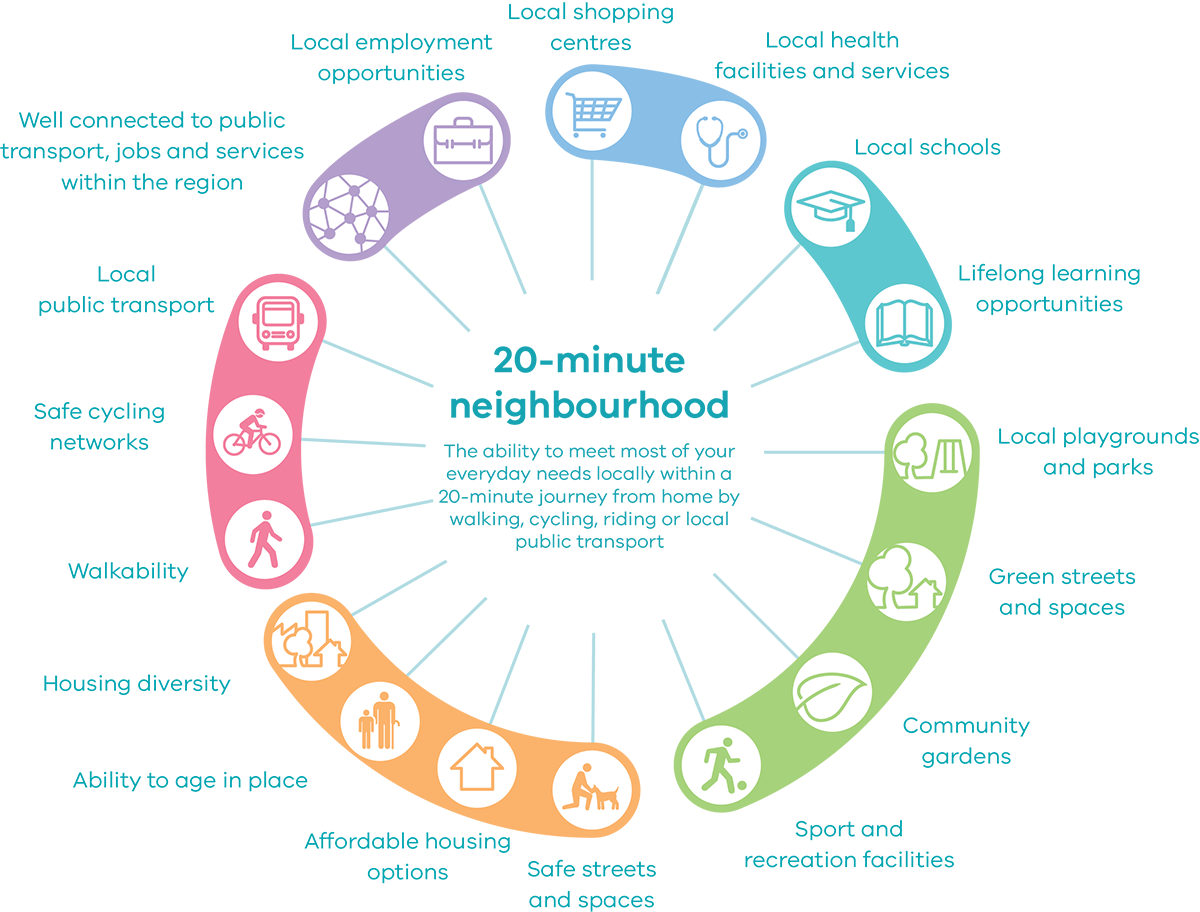SoNaRR2020: Transforming the transport system
How people and goods are transported generates significant negative impacts on ecosystems and human health. Urban transport contributes to carbon emissions, air, water and noise pollution. It also leads to the social and economic impacts associated with congestion and lack of transport opportunities.
Growth in transport, including rising car ownership rates and the growing transport networks, has led to direct and indirect impacts. These range from the direct impacts on the climate and on air quality, noise pollution and loss of biodiversity, to more indirect impacts such as on quality of life and invasive non-native species entering in the ballast water of ships.
Transport is the third largest source of greenhouse gas emissions in Wales (Greenhouse Gas Inventories for England, Scotland, Wales and Northern Ireland: 1990-2018). Road transport creates air pollution in the form of particulate matter and oxides of nitrogen which present a major threat to human health in urban areas (Air Pollution in Wales 2018).
Transport also creates indirect impacts by stimulating demand in a range of other economic sectors, including extraction of raw materials, production of infrastructure and vehicles, electricity generation, petroleum refining, and recycling and disposal of materials (The European environment – state and outlook 2020)
The ecosystem sphere
Transport represents nearly 80% of UK energy demand, a substantially larger share than in 1990 (UK Energy in Brief Sector 2019).
As well as generating carbon dioxide, road transport is the main source of nitric oxide. This air pollution contributes significantly to nitrogen deposition in all ecosystems, especially in upland Wales where the impacts from industrial and transport emissions are often very distant from pollution sources.
Pollution from transport reacts with other pollutants in the presence of sunlight to form ozone, which can further impact the environment through damage to vegetation, including crops. This pollution has direct impacts on human health, causing respiratory and cardiovascular effects.
Since most transport emissions are discharged at street level, often within densely populated cities, improvements in transport efficiency can have a significant impact on air pollution and on human health. Action can be taken to regulate transport within the economic sphere.
The economic sphere
Wales has high rates of car use for commuting and has seen only a small reduction in carbon emissions from transport since 1990 (Prosperity for All: A Low Carbon Wales). Electrification of trains and road transport is beginning to reduce emissions, as are increases in active travel modes such as walking or cycling to work. Public transport could displace private cars in urban areas if it can be made both more attractive and convenient.
Increasing uptake of Ultra Low Emissions Vehicles, using low carbon technologies, should help achieve significant reductions in transport emissions in the next decade.
Digital technology could bring about radical changes in road transport. The uptake of automated, connected, electric and shared mobility will play a key role in shaping the future of transport. Global connectivity and automation technologies could fundamentally transform how people and goods are moved. These changes are likely to result in transport having a lower environmental impact.
But it is clear that technological innovations alone, like the ones above, will not deliver the pace and scale of change needed to address the transport system's impacts on the environment and people’s health. For that we need to look to the social sphere.
The social sphere
Converting current modes of transport to use low carbon fuels is not a sustainable solution. A systemic change is needed to how and why people travel and what is transported. As with the approach for reducing energy use in buildings, Welsh policy is seeking ways to reduce demand for and to decarbonise transport.
A step change is already being sought in Wales to decarbonise public transport through investment in active travel, the introduction of electric buses and an electric vehicle charging strategy. The Welsh Government’s transport policy is being framed around the contribution it can make to the well-being goals.
Looking at the social sphere and how we live, presents more opportunities to consider other forms of transport and to reduce the need to travel. The Covid-19 pandemic has shown that major societal changes can be achieved, not only in changing transport modes, but in alternatives to commuting and the way we shop.
By starting at the community level, the social sphere allows society to make use of national and local development planning to redesign day to day activities. The planning system can be used to change the way we think about the functioning of ‘urban ecosystems’, designing out the dominance of the car and reducing the length of journeys, whilst also considering lifestyle and the local economy (The European environment – state and outlook 2020).
The 20 minute neighbourhood concept is about designing an urban society in such a way that residents can meet most of their daily needs within a short walk from home. Safe cycling and local transport options are key to this, as well as high quality public spaces, community services and housing densities that make the provision of local services and transport viable. The 20 minute neighbourhood was pioneered in Melbourne, Australia as a way of guiding the city’s development and transformation to 2050. Watch/listen to the Youtube link to find out more.

Figure 1: The 20 minute neighbourhood (Victoria State Government)
Read next
Related document downloads





